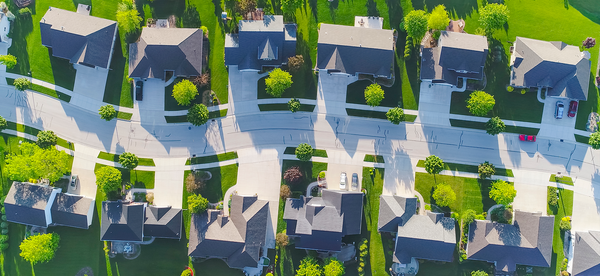Cruise through many neighborhoods or parks around the world, and you will find no shortage of well-manicured expanses of grass. Lawns look attractive, but they also choke out biodiversity and can require environmentally questionable practices to maintain. In dry areas of the U.S., three quarters of annual household water use is for lawns. As climate change becomes more and more urgent, these grassy plots only make things worse.
Researchers and landscape architects are increasingly considering alternatives that are more sustainable, demand fewer resources and help people connect more intimately with nature. In an article published in October in Science, researchers Maria Ignatieva and Marcus Hedblom describe the drawbacks of conventional lawns and discuss possible substitutes. Scientific American spoke with Ignatieva, who is landscape architecture program director at the University of Western Australia. An edited excerpt of the conversation follows.
Why did lawns become so popular?
On supporting science journalism
If you're enjoying this article, consider supporting our award-winning journalism by subscribing. By purchasing a subscription you are helping to ensure the future of impactful stories about the discoveries and ideas shaping our world today.
Lawns came to be seen as a symbol of civilization and a way of life. They were like a special frontier that separated cities and towns from the wilderness. A lawn was always a symbol of how a civilized society should be. That’s why it was so powerful. And of course, they are also important for recreation.
Lawns are artificial, though; they do not exist in the natural world. They have relatives in nature, such as meadows or prairies. Those ecosystems have similar structures, but they are much more diverse and are not densely planted or developed.
What environmental problems are lawns causing?
Lawns are homogenizing the environment, not only in terms of biodiversity but also visually. You compare countries’ and cities’ urban landscapes around the world, and they look exactly the same.
There are a lot of ecosystem services that lawns can offer, unlike a hard surface such as cement or asphalt. Lawns sequester atmospheric carbon, produce oxygen and prevent erosion. But lawn upkeep takes resources: water; fertilizer, pesticides and herbicides that enter groundwater and runoff water; and mowers that burn fossil fuels and emit gases that heat up the atmosphere.
And not all countries have the means to support lawns, especially in dry environments. Alternatives can provide the same ecosystem services with fewer resources.
What are these alternatives?
You have to find your own local solution. We can take inspiration from the natural plant communities around us. In suburban and rural areas, that might mean having a meadow or prairie. In other places, it might be a savannalike environment or mountain plants. You can have a “grass-free lawn,” with only low-growing plants that create the same effect as a lawn, and you can walk on it.
People are so used to having green grass as a symbol of wealth, but it is time now to appreciate nature as it is, by using other varieties of color and appearance and function. It is about having a heterogeneous landscape instead of a homogeneous one; it is about the benefit of bringing nature to people and making life easier, more sustainable and more economical.
How can we persuade people to adopt these alternatives?
When people see them, they appreciate them and like them. So it is all about education. We also have to try to change the minds of decision makers, including politicians. We need to show the public there are different ways of handling our urban environment and making it better.
